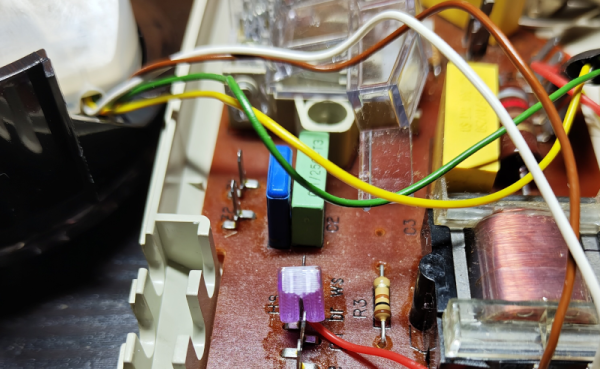It isn’t unusual to expect a precisely regulated voltage in an electronic project, but what about times when you need a precise current? Over on EDN, prolific [Stephen Woodward] explains how to use a precision Zener diode to get good results. [Stephen] takes you through the math for two topologies and another circuit that uses a pair of bipolar transistors.
You might wonder why you need a precise current source or sink. While it is nice to drive things like LEDs with a constant current, you probably don’t need ultra-precise currents. However, charging a capacitor with a constant current produces a very nice linear voltage ramp. When you use a resistor to bias collector current in a bipolar amplifier, you are just poorly imitating a constant current source, too. That’s just two of many examples.
















